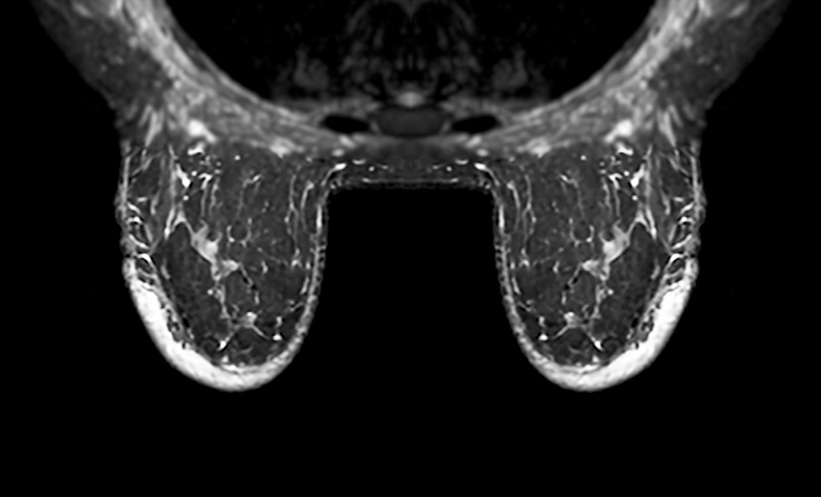Abstract
An emerging body of data suggests that hypofractionated radiation schedules, where a higher dose per fraction is delivered in a smaller number of sessions, may be superior to conventional fractionation schemes in terms of both tumour control and toxicity profile in the management of adenocarcinoma of the prostate. However, the optimal hypofractionation scheme is still the subject of scientific debate. Modern computer-driven technology enables the safe implementation of extreme hypofractionation (often referred to as stereotactic body radiation therapy [SBRT]). Several studies are currently being conducted to clarify the yet unresolved issues regarding treatment techniques and fractionation regimens. Recently, the American Society for Radiation Oncology (ASTRO) issued a model policy indicating that data supporting the use of SBRT for prostate cancer have matured to a point where SBRT could be considered an appropriate alternative for select patients with low-to-intermediate risk disease. The present article reviews some of the currently available data and examines the impact of tracking technology to mitigate intra-fraction target motion, thus, potentially further improving the clinical outcomes of extreme hypofractionated radiation therapy in appropriately selected prostate cancer patients. The Champalimaud Centre for the Unknown (CCU)’s currently ongoing Phase I feasibility study is described; it delivers 45 Gy in five fractions using prostate fixation via a rectal balloon, and urethral sparing via catheter placement with on-line intra-fractional motion tracking through beacon transponder technology.
Please view the full content in the pdf above.








